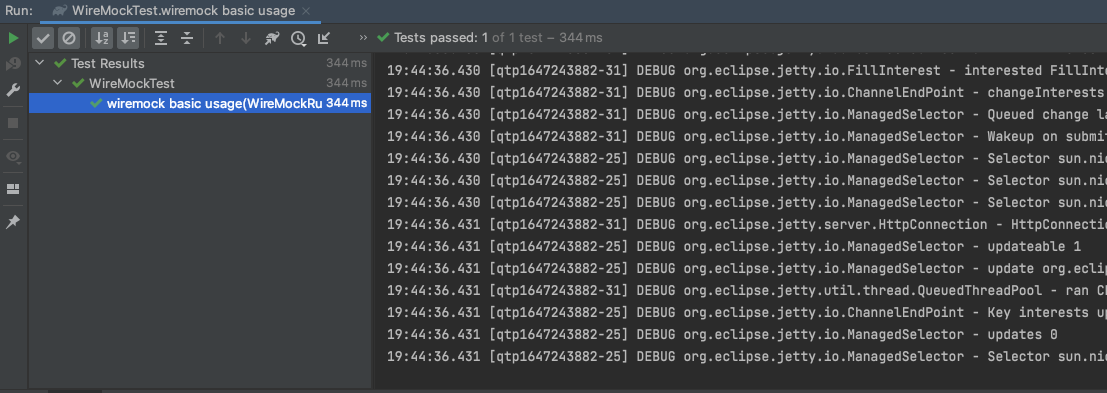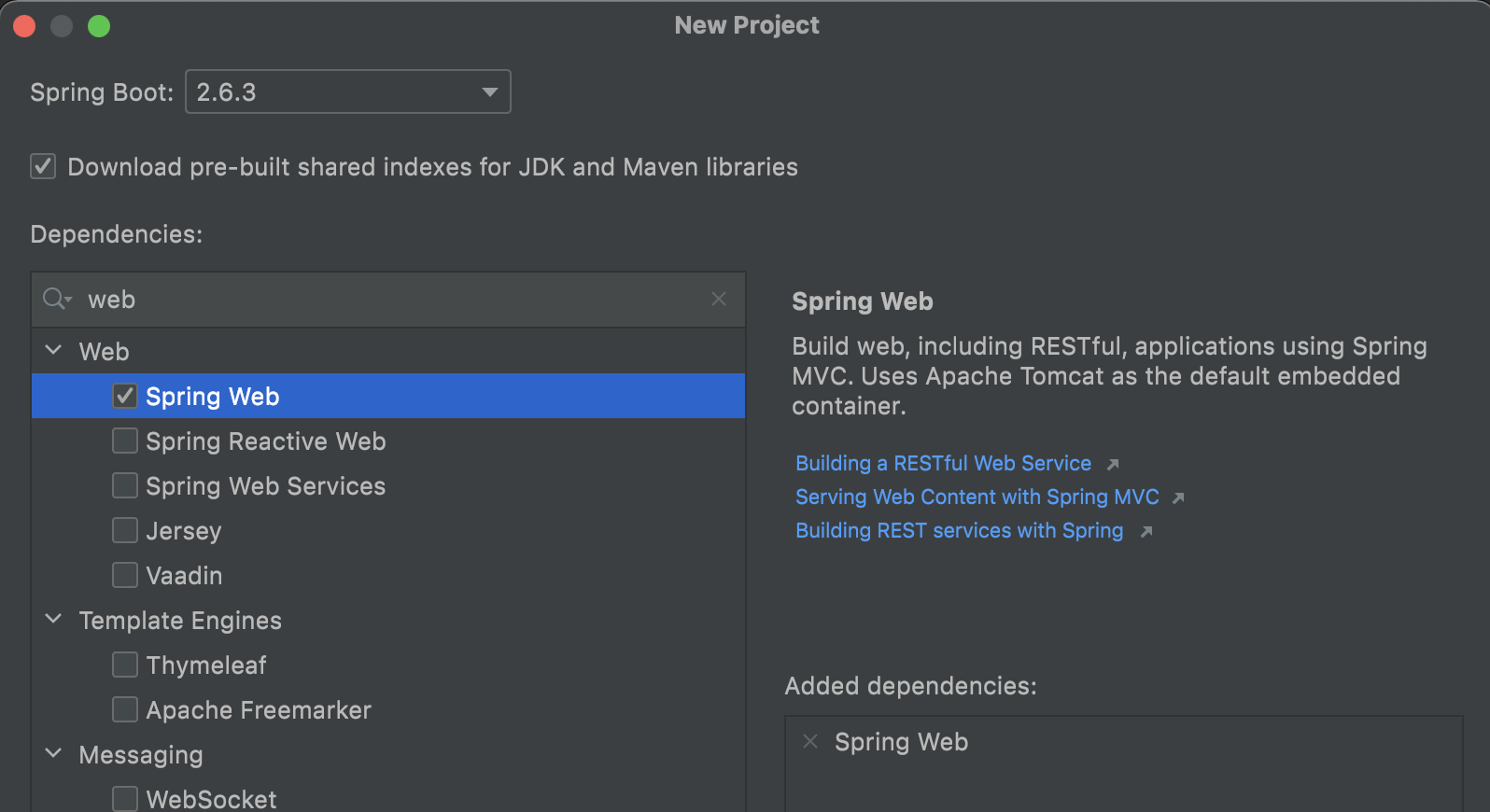Spring Data REST
Spring Data repositories 위에서 hypermedia-driven REST web service 를 쉽게 만들 수 있는 Spring Data REST 에 대해 정리해보자.
Intro
multi-domain object 시스템을 위한 REST 웹 서비스를 구현하는 것은, 지루하고 반복적인 작업이고 많은 boilerplate code 를 생성한다.
Spring Data REST 는 Spring Data repositories 위에 구축되고 자동으로 REST resource 를 노출한다.
Getting started
Dependency
Spring Boot project 에 Spring Data Rest 의존성을 추가해보자.
1 | dependencies { |
URI
default 로, Spring Data REST 는 root URI 인 ‘/‘ 에 REST resources 를 제공한다.
application.properties 에 아래와 같이 base URI 를 변경할 수 있다.
1 | =/api |







